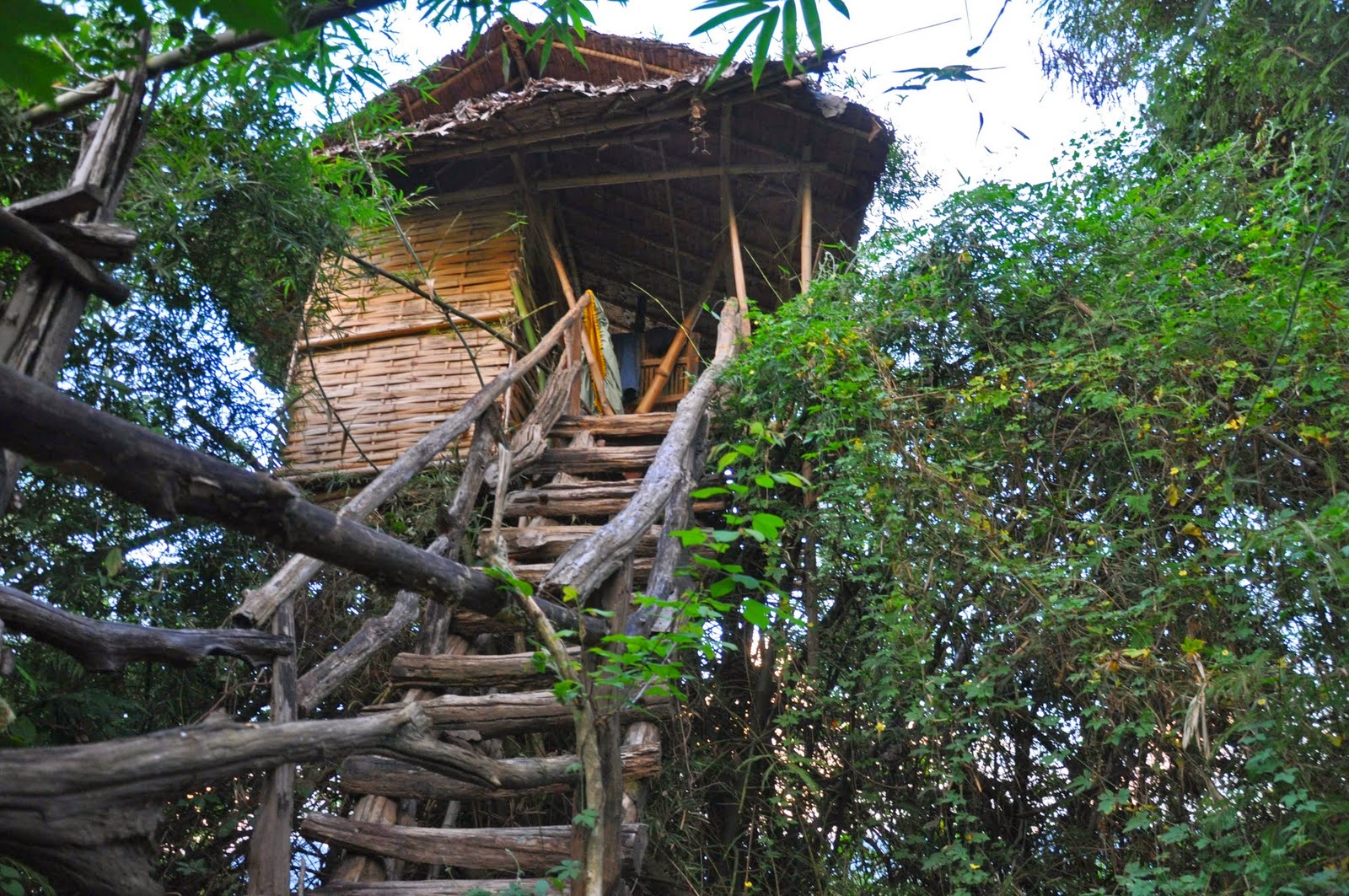Below's a list of 8 major plant families, and some foods/ medicines that I eat/ use from that family.
(8 major plant families, as listed from Tom Elpel's book, "Botany in a Day.")
Brassicaceae:
The foothills are covered with little flowering Brassicas. They are typically the first plants to come up in the spring, and I love eating, photographing, watching, and touching them. I counted about 6 different species. I've only keyed one out thus far, a little "Blue Skeleton Mustard" (we named it), Schoenocrambe linearifolia. Every time I go hiking, I snack on mustards. I like their spicy, heating, digestive stimulant taste and effects. I feel like they clear my nasal passages and wintery digestive stagnation. I will sometimes put these little wild mustards into my sandwiches, or make pesto out of them. I particularly like their flowers and leaves. The seeds are more difficult to collect in a bug-free fashion, and are more bitter.I like to eat mustards, broccoli, cauliflower, cabbage, and other Brassica plants regularly in my diet. I also use mustard seeds as a spice in my cooking, and pickling.
Apiaceae:
Water Hemlock (Conium maculatum) was one of the first plants that I saw peeking out of the snow, near the end of winter. It was in the foothills, and I was running down the trail. I noticed neon green under the bushes, and screeched to a halt. Bending down low, I noticed what looked like a mat of green under a hip-high tangle of dried branches. It was this plant! I thought about it, and realized that I use quite a bit of Apiaceaes for medicine, but rarely for food. I can't think of any trail-side Apiaceae nibbles that I enjoy, besides occasionally partaking of a small yarrow nibble (Achillea millefolium- cultivars are flowering; wild ones are not) , but only for its energetic quality, and because I like the taste. I would never eat it plentifully, or make a pesto of it, as I would with a Brassica. I do however, adore carrots, celery, and Daikon radish. Some Apiaceae medicines that I enjoy include Osha, Yarrow, and Fennel. Lomatium orientalis is another Apiaceae that's come up, right now.
Asteraceae:
I just wrote a mini-monograph about Dandelion (Taraxacum officinale), one of the first plants that I ever keyed out (with 7song). I've been eating dandelion leaf and flower salad, made pesto and saurkraut, stir-fry and eat it, and drink tea. Some of my well-loved Asteraceae medicines include Dandelion, Chamomile, Calendula, Boneset, Mugwort, and Echinacea. I've been watching the various Artemesia spp. plants growing around us. I like to nibble on them sometimes, but mostly just enjoy their aroma. We have A. ludoviciana and A. frigida in the foothills and mountains around Boulder, CO. I imagine A. tridentata must be lurking around, too.
Rosaceae:
Rose petal wine made my mom (organic roses in their front yard) is my liquor of choice. I also regularly ingest rose hip preserves, rose honey, and rose sugar from last year's bumper crop harvest from 7song's garden. Roses (Rosa spp.) are one of my favorite plants. I regularly ingest apples, pears, almonds, and more Rosaceae plants. Wild Plum (Prunus virginiana), Chokecherry (Prunus americanus), and Hawthorne (Crataegus rivularis) have little white aromatic flowers that have taken over the hill and roadsides, this spring. Some Rosaceae medicines I use include Rose, Cherry bark, and Hawthorne flowers and berries.
Fabaceae:
I'm a vegetarian, so most of my protein comes from Fabaceae plants such as Garbanzo beans, Lentils, and other Beans of all colors (and seeds, too... but they are not Fabaceae's.) I can't think of any wild Fabaceae's that I like to eat, besides Clover (Trifolium pratense). Fabaceae Medicines I use include Clover, Astragalus, and Licorice. We have a variety of wild Astragalus spp. growing, now.
Poaceae:
I grew up eating white rice, indicative of a rich ancestral history of farming rice on paddy fields, and hearty meals with a quick carb fix. Rice is certainly a Chinese food staple, and a staple for most of the world. As my parents became more health conscious, they started mixing other grains into their rice. This included brown rice, barley, millet, and more. I now eat a lot of quinoa. I don't know much about Poacaeae differentials, but am excited to learn about them from my friend Caleb, who just took a "grass class," and learned to key out various grasses. I remember living in a bamboo tree house above a little stream in Thailand (it's a huge Poaceae plant!), and admiring all the things you could do with bamboo all around Asia, especially savoring digging it up that morning, then eating it that night in a bamboo bowl. Wild oats (Avena sativa) is a beloved Poaceae medicine that I often use.
Liliaceae:
Leucocrinum montanum (Sand Lily) grows in little patches around the foothills. I would eat Daylilies in Connecticut and growing up in California. Those are beautiful in salads, and are used in traditional Chinese cooking with soups and stir-fries. I don't eat many Liliaceae plants in my diet, or use them much in my medicine. I find them beautiful though, and just made a flower essence from the Sand Lily.
Lamiaceae:
Lamiaceae plants are easily identifiable, and readily available with their aromatic scent, and usually tingly warming-cooling taste sensation. Catnip (Nepeta), Motherwort (Leonurus), Sage (Salvia) and Heal-All (Prunella) are all growing in the garden right now. Some of those grow wild in the foothills, too. I am excited to see Monarda spp. (Bee Balm) growing near the water. I like to ingest Tulsi (Ocimum sanctum) as a tea, tincture, and honey (from 7song's garden last year). It's one of my favorite medicines. I also burn a little White sage (Salvia apiana) from my childhood mountains daily, as an incense.














